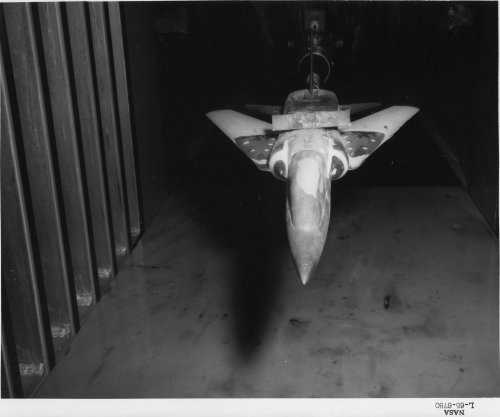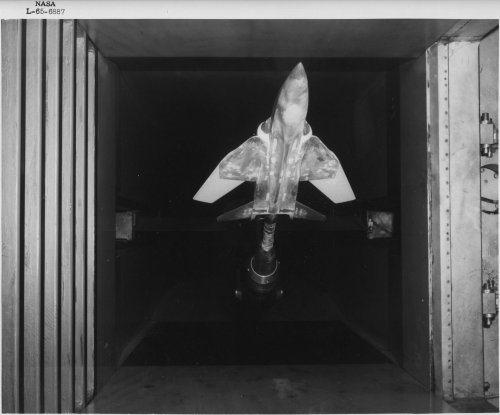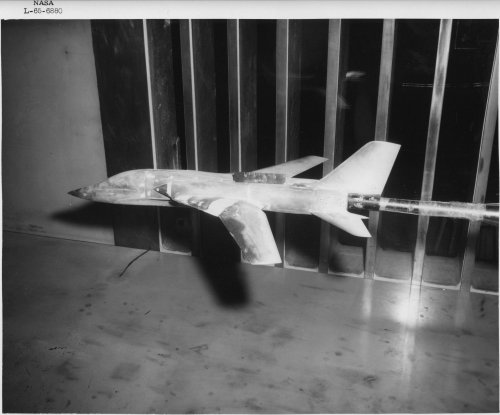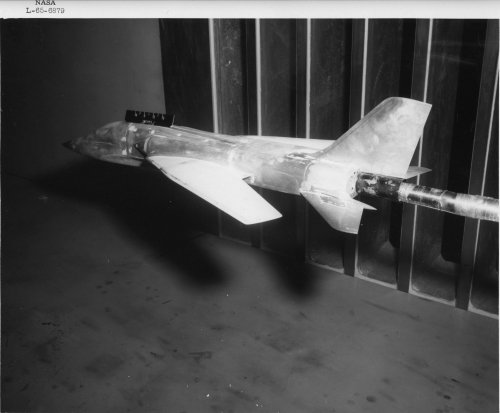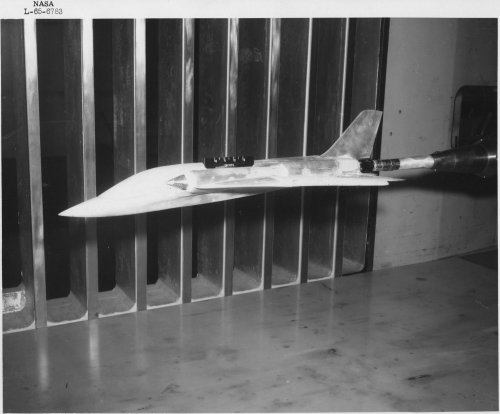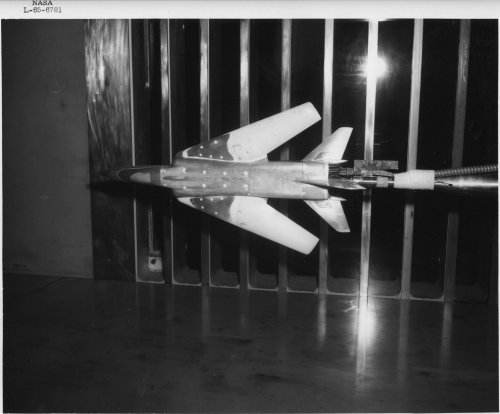- Joined
- 27 December 2005
- Messages
- 17,702
- Reaction score
- 26,095
What appears to be a 1965 Republic Aircraft Corporation (later, Fairchild) FX study. It has no similarity to the final Fairchild FX design above except for the vertical fin, but rather shows some similarities to the AVS designs.

 crgis.ndc.nasa.gov
crgis.ndc.nasa.gov

NACA/NASA Langley: Celebrating 100 Years
NASA.gov brings you the latest images, videos and news from America's space agency. Get the latest updates on NASA missions, watch NASA TV live, and learn about our quest to reveal the unknown and benefit all humankind.

